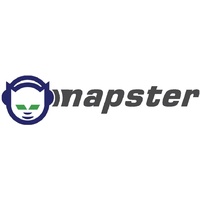Ahead introduces LayerMagic and SmoothPlay
Lasse Penttinen
31 Mar 2004 21:32

Ahead Software jumps on the dual layer bandwagon. According to their press release, their techniques optimize the recording process and the layer break. Ahead however is not the first to make such claims, as we already saw similar technologies announced by the Sonic Solutions in their product line.
Nero's LayerMagic(TM) effectively decreases the amount of time required to master a DL DVD by automatically distributing video content equally between the two layers in order to simplify the final layout in the recording process. If the "padding" recording process is used in which filler content, not actual video data, is recorded to even out the data on both layers, there is high risk of creating incompatible discs. Nero Layer Magic(TM) however avoids padding by distributing the content between the two layers in equal parts, ensuring that the second layer is already in a compatible state at the end of the recording process which greatly reduces recording time.Source: Ahead Software
Nero SmoothPlay(TM) automatically modifies video content written to the end of the DVD so that delays in playback are reduced to an absolute minimum. The process of switching from one layer to another takes a considerable amount of time as the drive needs to refocus its laser to the second layer as well as perform any seeking operation necessary to find the beginning of the data on layer two. Due to that, many badly mastered DVD-Video media will cause the player to interrupt playback at or shortly before switching layers. Nero SmoothPlay(TM) avoids these problems by coding detailed instructions into the DVD's navigation data, making most DVD Players perform the caching and playback optimization necessary to prevent playback distortion. When applying the unique Nero SmoothPlay(TM) algorithm, the optimum layer break location for both new and pre-mastered DVD-Video content will be detected by analyzing video signal and navigation structures, ensuring maximum compatibility with standalone DVD players as well as the smallest possible delay in switching from one layer to another when playing back mastered video content


